Across the United States, laws regulating exotic pet ownership form a complex patchwork that varies dramatically from one state to another. While residents of Nevada might legally keep tigers in their backyards, those in California face strict prohibitions on owning many non-native species. These regulations don’t exist arbitrarily but stem from concerns about public safety, animal welfare, ecological impact, and disease transmission. For potential exotic pet owners, navigating these varying restrictions can be confusing and frustrating. This article explores the reasoning behind exotic pet bans, examines which animals typically face restrictions, and considers the debate between exotic pet enthusiasts and those advocating for stricter controls.
Public Safety Concerns Drive Many Bans
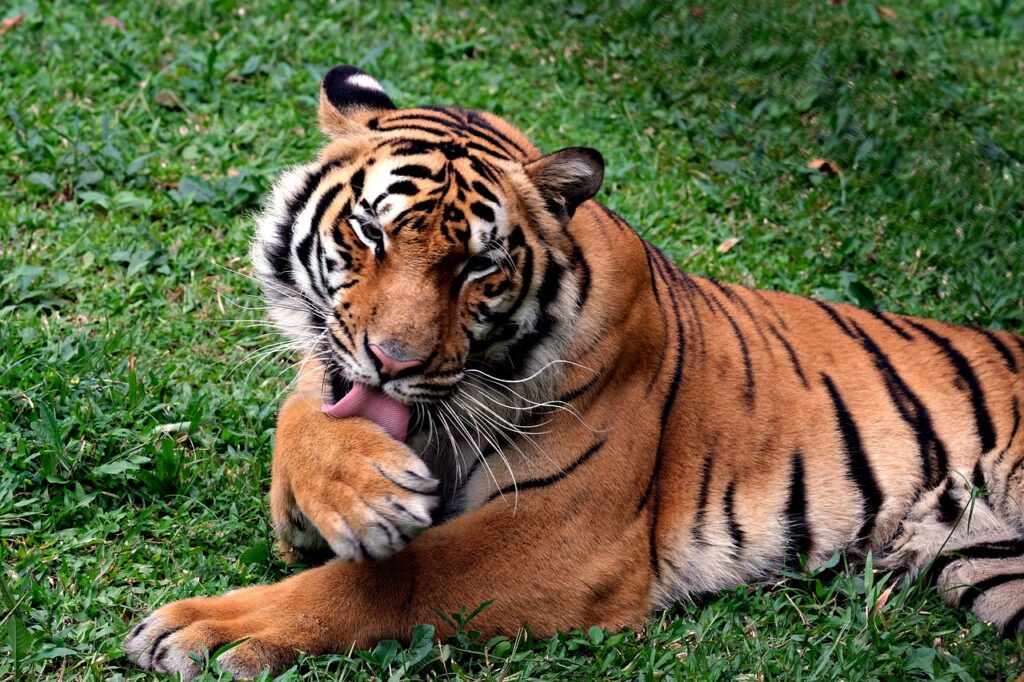
The most immediate justification for banning certain exotic pets centers on public safety risks. Large carnivores like lions, tigers, and bears possess natural predatory instincts and strength that make them inherently dangerous, regardless of how well they’re trained or how long they’ve been in captivity. Even smaller exotic animals can pose unexpected threats – primates may become aggressive as they mature, and venomous reptiles require specialized handling knowledge. Tragic incidents involving escaped or attacking exotic pets have repeatedly made headlines, often leading to regulatory responses. In 2011, the Zanesville, Ohio incident, where dozens of released exotic animals including tigers and lions had to be killed by authorities, prompted several states to strengthen their exotic pet restrictions to prevent similar public safety emergencies.
Ecological Impact of Escaped Exotic Species
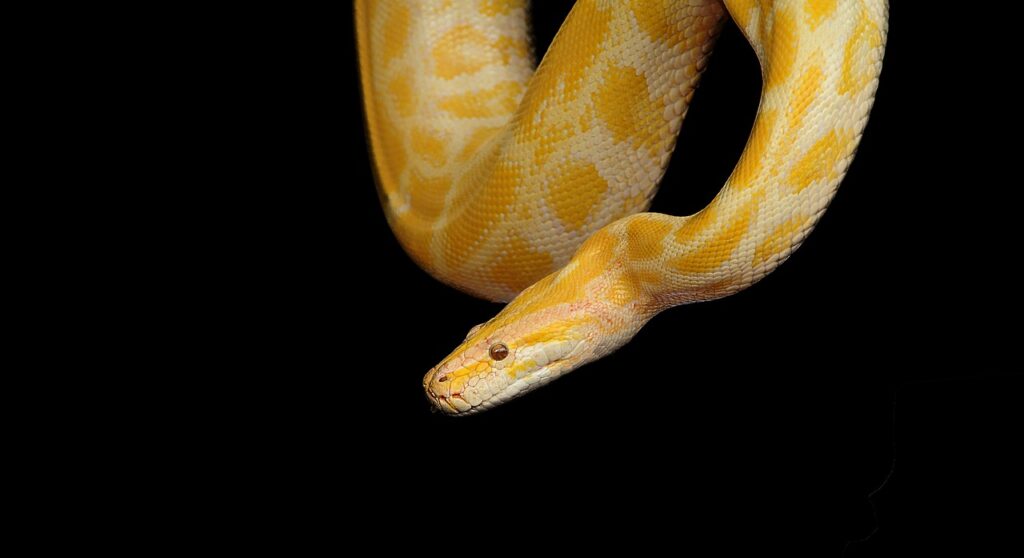
Environmental concerns represent another major driver behind exotic pet restrictions. When non-native animals escape or are deliberately released into local ecosystems, they can wreak havoc on native wildlife populations. The Florida Everglades offers perhaps the most dramatic example of this phenomenon, where Burmese pythons released by overwhelmed pet owners have established breeding populations that decimate local wildlife. These invasive predators have been linked to drastic decreases in mammal populations throughout the region, with some species declining by over 90% in affected areas. Similarly, released red-eared slider turtles compete with native turtle species for resources across much of the country, and escaped monk parakeets have established destructive feral colonies in several states. These ecological disruptions can be nearly impossible to reverse once established, justifying preventative restrictions.
Animal Welfare and Ethical Considerations

Beyond human safety and environmental concerns, animal welfare arguments strongly influence exotic pet regulations. Many exotic species have complex physical, psychological, and social needs that average pet owners cannot adequately meet in household settings. Large cats require extensive space, specialized diets, and enrichment that few private owners can provide, while primates need complex social interactions and environments that mimic their natural habitats. When these needs go unmet, animals may develop stereotypic behaviors (repetitive movements indicating stress), self-harming tendencies, or aggressive traits. Additionally, the exotic pet trade itself often involves ethically questionable acquisition methods, including capturing wild animals or breeding in substandard conditions. Even well-intentioned owners frequently surrender exotic pets once they become unmanageable, overwhelming animal sanctuaries that struggle to accommodate these specialized species.
Zoonotic Disease Transmission Risks

The potential for disease transmission from exotic animals to humans has become an increasingly prominent reason for pet restrictions. Non-native species can carry pathogens to which local human and animal populations have little or no natural immunity. Primates, in particular, share many diseases with humans due to our genetic similarities, including serious conditions like herpes B virus, which is often fatal when transmitted to humans. The 2003 monkeypox outbreak in the United States, traced to imported African rodents sold as pets, highlighted these risks when the disease spread to prairie dogs and then to humans across multiple states. Reptiles frequently carry salmonella bacteria, which can cause severe illness in humans, especially children and immunocompromised individuals. The COVID-19 pandemic has further heightened awareness about zoonotic disease risks, reinforcing arguments for restricting close contact with exotic species that might serve as disease reservoirs.
State-by-State Variation in Exotic Pet Laws
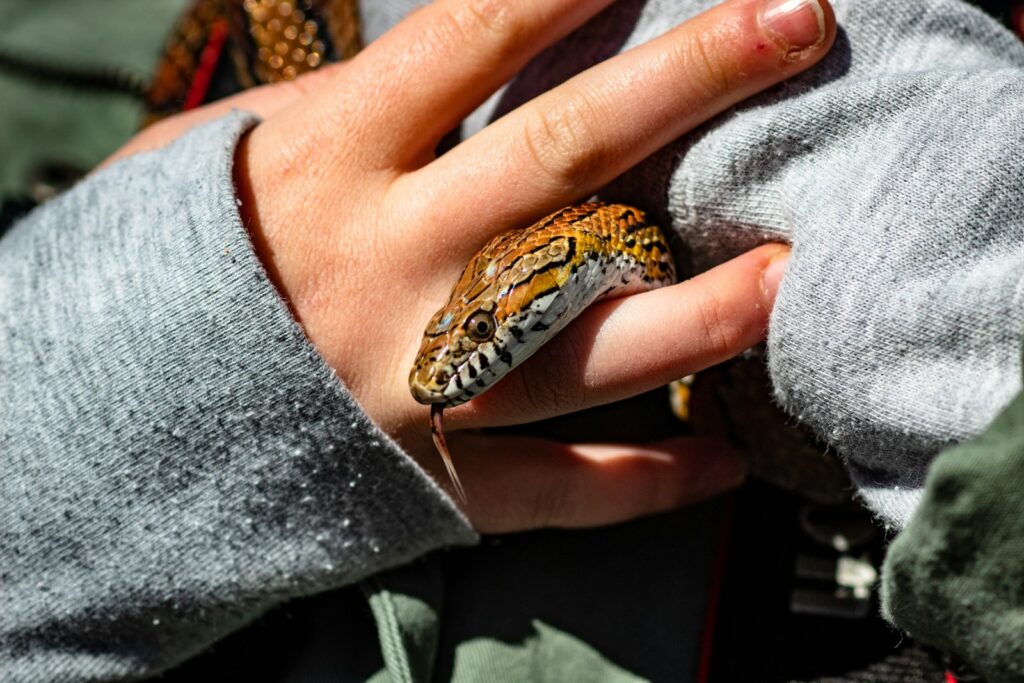
The legal landscape governing exotic pet ownership exhibits remarkable variation across states, creating confusion for pet owners and enforcement challenges. Some states like Nevada and Wisconsin have relatively permissive laws that allow ownership of many exotic species with minimal restrictions beyond basic permits. In stark contrast, California, Hawaii, and Massachusetts enforce some of the nation’s strictest exotic pet bans, prohibiting nearly all non-domestic animals. Most states fall somewhere between these extremes, perhaps allowing certain exotic pets while banning others based on specific criteria or risk assessments. Adding to this complexity, local municipal regulations may impose additional restrictions beyond state law, creating situations where an animal legal at the state level might be prohibited in particular cities or counties. This regulatory inconsistency allows determined exotic pet seekers to acquire animals in permissive jurisdictions and transport them to areas where they would otherwise be illegal to obtain.
Commonly Banned Exotic Animals
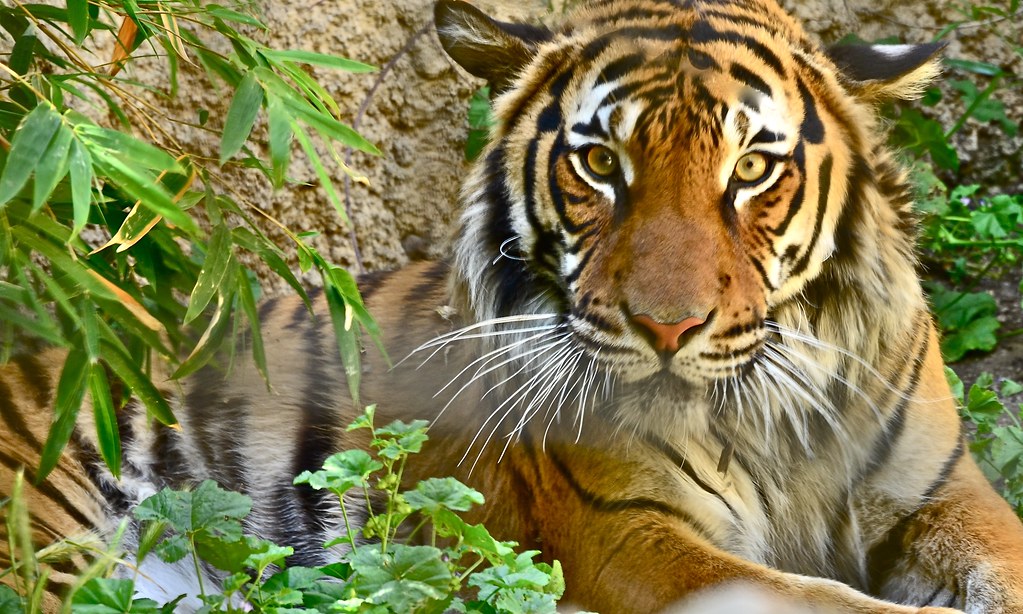
Certain categories of exotic animals face restrictions in a majority of states due to their particularly high-risk profiles. Big cats—including tigers, lions, and cougars—top most prohibited lists because of their predatory nature and potential danger. Non-human primates like chimpanzees, macaques, and capuchins face widespread bans due to their strength, unpredictability, and disease transmission concerns. Venomous reptiles, including various species of cobras, vipers, and other dangerous snakes, are heavily regulated or outright banned in most jurisdictions, as their bites can cause severe injury or death. Large constricting snakes like pythons and anacondas face increasing restrictions following numerous incidents of escape and ecological damage. Bears, wolves, coyotes, alligators, and crocodiles round out the commonly prohibited species, though the specific animals banned vary significantly depending on local wildlife concerns and historical incidents within each state.
The Exotic Pet Industry’s Perspective
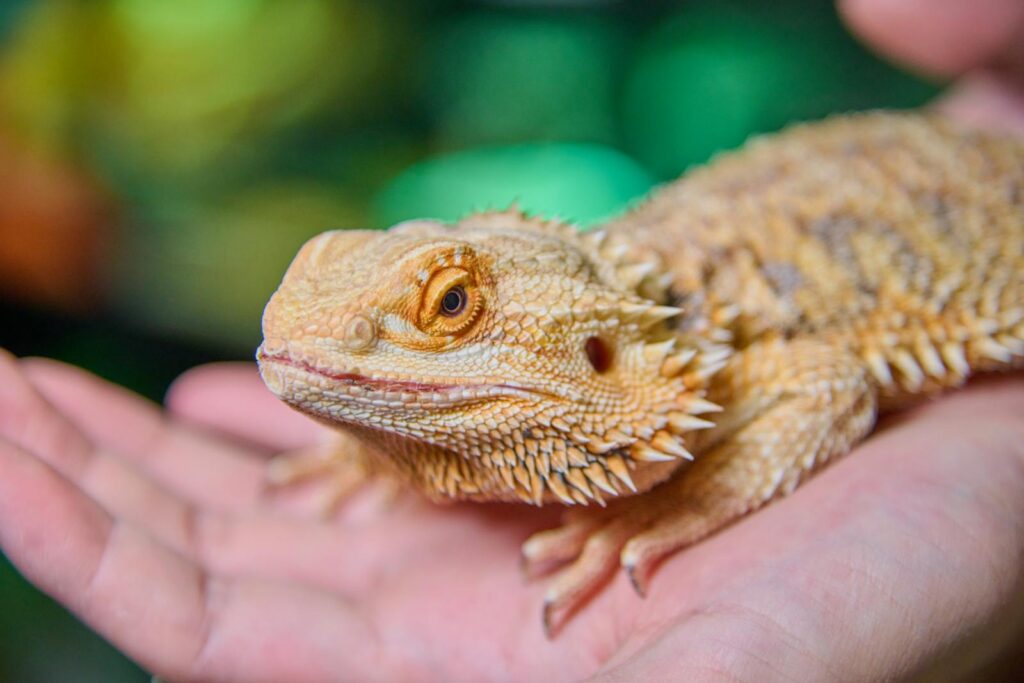
Proponents of exotic pet ownership often argue that blanket bans represent government overreach that infringes on personal freedoms. Organizations like the United States Association of Reptile Keepers (USARK) advocate for responsible ownership rather than prohibition, contending that education, proper facilities, and reasonable regulations would better address concerns than outright bans. Exotic pet enthusiasts frequently point out that many domestic animals, such as dogs, can also pose public safety risks, yet face far fewer restrictions. The exotic pet industry also emphasizes its economic contributions, noting that breeding, supplies, specialized veterinary care, and related services generate substantial revenue and employment opportunities. Some owners form deep bonds with their exotic pets and argue that responsible keepers should not be punished for the negligence of a minority who fail to properly care for their animals or allow them to escape.
Conservation Organizations’ Stance

Conservation groups generally support strict limitations on exotic pet ownership, viewing the practice as detrimental to wildlife populations and ecological balance. Organizations like the World Wildlife Fund emphasize that demand for exotic pets drives poaching, depleting wild populations of already vulnerable species. Even captive-bred exotic animals can indirectly harm conservation efforts by normalizing the keeping of wild animals and potentially creating laundering opportunities for illegally captured specimens. The International Fund for Animal Welfare has documented how the exotic pet trade frequently operates in legal gray areas, with paperwork falsification and smuggling enabling the movement of protected species. Conservation advocates also point to the financial and logistical burdens exotic animals place on wildlife authorities when they escape or require confiscation, diverting resources from other conservation priorities. These organizations generally advocate for focusing human-animal companionship on domesticated species specifically adapted to living with humans.
The Federal Role in Exotic Pet Regulation

While exotic pet laws primarily operate at the state level, federal regulations provide an important overlay that addresses specific aspects of exotic animal ownership nationwide. The Endangered Species Act prohibits private ownership of animals listed as endangered or threatened without special permits, regardless of state laws. The Lacey Act restricts interstate transport of species deemed “injurious” to human interests or local ecosystems, effectively limiting the movement of certain exotic pets across state lines. The Animal Welfare Act establishes minimum standards for the care of warm-blooded exotic animals, though it primarily applies to breeders, dealers, and exhibitors rather than individual pet owners. The Centers for Disease Control and Prevention (CDC) maintains authority to restrict importation of animals that pose disease risks, as demonstrated by their emergency order banning the importation of African rodents following the 2003 monkeypox outbreak. These federal regulations create a baseline of restrictions that states may then supplement with more stringent requirements.
Enforcement Challenges and Loopholes

Even in states with strict exotic pet prohibitions, enforcement often proves problematic due to limited resources and regulatory loopholes. Wildlife authorities typically lack sufficient personnel to proactively inspect properties for illegal exotic animals, instead relying heavily on public tips and complaint-driven enforcement. The underground nature of illegal exotic pet ownership makes detection difficult, with animals often kept out of public view. Additionally, exotic pet enthusiasts exploit various legal exemptions to circumvent restrictions, such as obtaining exhibitor licenses through the USDA, which are designed for educational facilities but sometimes misused by private owners seeking to legalize their collections. Some owners establish nominal “sanctuaries” or “rescues” that function primarily as personal collections while benefiting from regulatory exemptions intended for legitimate conservation organizations. The internet has further complicated enforcement by facilitating anonymous transactions and connecting buyers with sellers across jurisdictional boundaries.
The Fate of Confiscated Exotic Animals
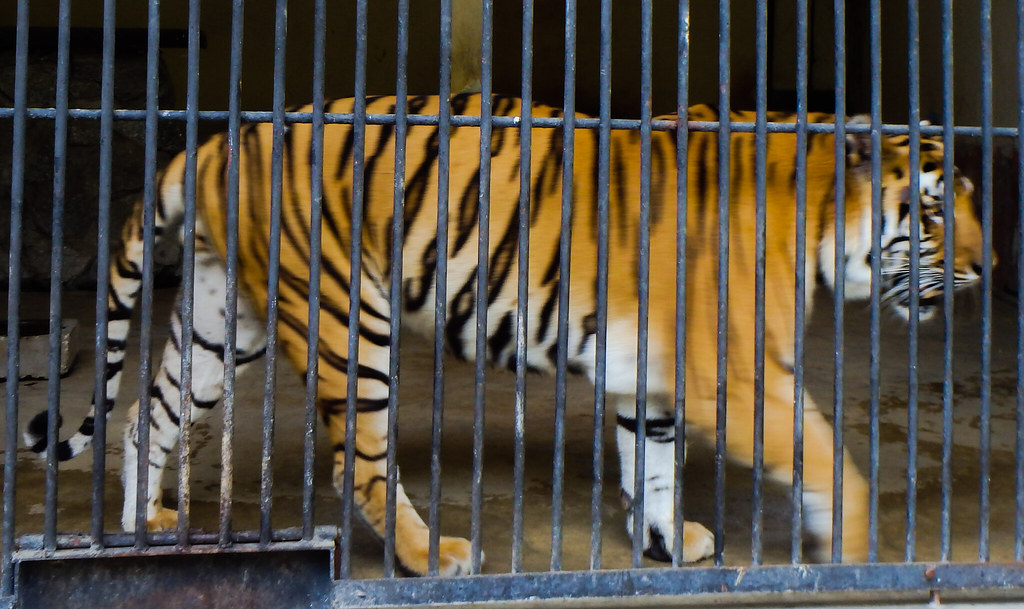
When authorities do successfully identify and confiscate illegal exotic pets, finding appropriate placement presents another significant challenge. Accredited zoos rarely accept these animals due to space limitations, genetic concerns, and the specialized care many require after inappropriate keeping conditions. The burden typically falls on non-profit sanctuaries that operate with limited funding while facing constant demand. These facilities often struggle with capacity issues as animals may live for decades and require extensive resources throughout their lives. Unfortunately, in some cases, euthanasia becomes the only option for confiscated animals that cannot be placed, particularly those with behavioral issues resulting from improper raising. The financial and ethical costs of addressing illegal exotic pet ownership underscore the importance of preventing inappropriate acquisitions in the first place through education and enforcement.
Alternatives to Exotic Pet Ownership
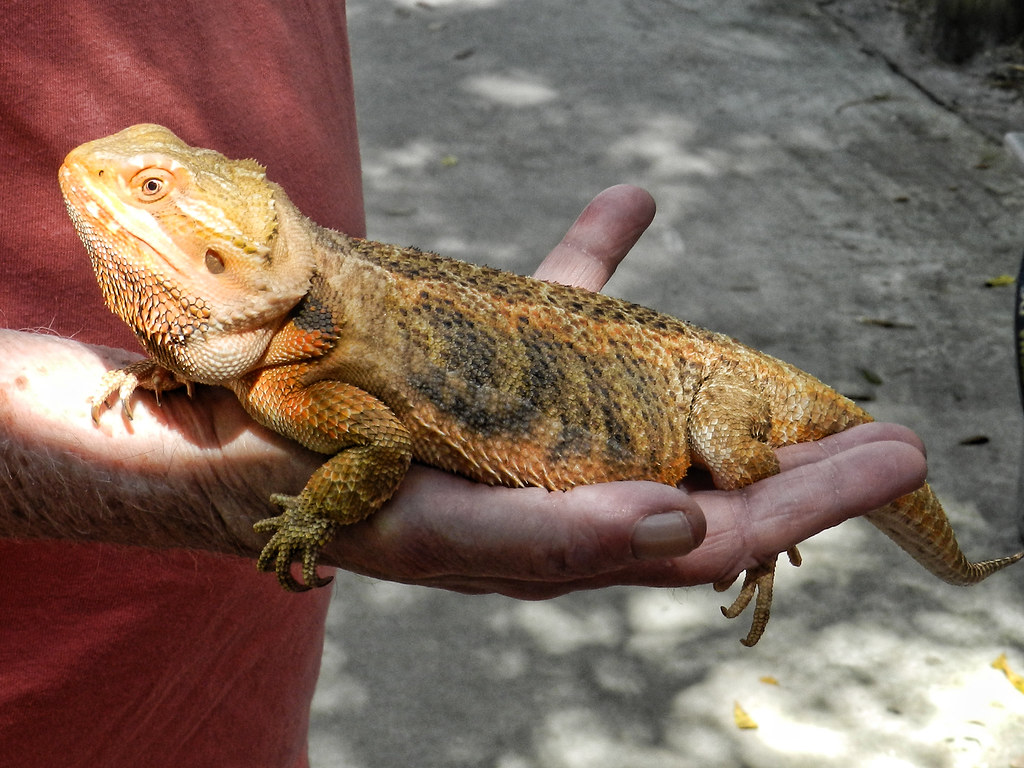
For those drawn to exotic animals, several alternative approaches can satisfy interests in wildlife without the legal complications and ethical concerns of exotic pet ownership. Supporting accredited zoos and legitimate wildlife sanctuaries offers opportunities for close observation of exotic species in appropriate settings designed for their welfare. Volunteer programs at these facilities sometimes allow for hands-on involvement with animal care under professional supervision. For those specifically interested in reptiles, many domestic breeding programs produce specialized color morphs of legal species like corn snakes and bearded dragons that offer the appeal of exotic appearance without the associated risks. Educational programs in wildlife biology, zoology, and conservation provide pathways for turning fascination with exotic animals into professional opportunities. Wildlife photography represents another fulfilling way to engage with exotic species in their natural habitats without disrupting their lives or ecosystems.
Evolving Regulations and Future Trends
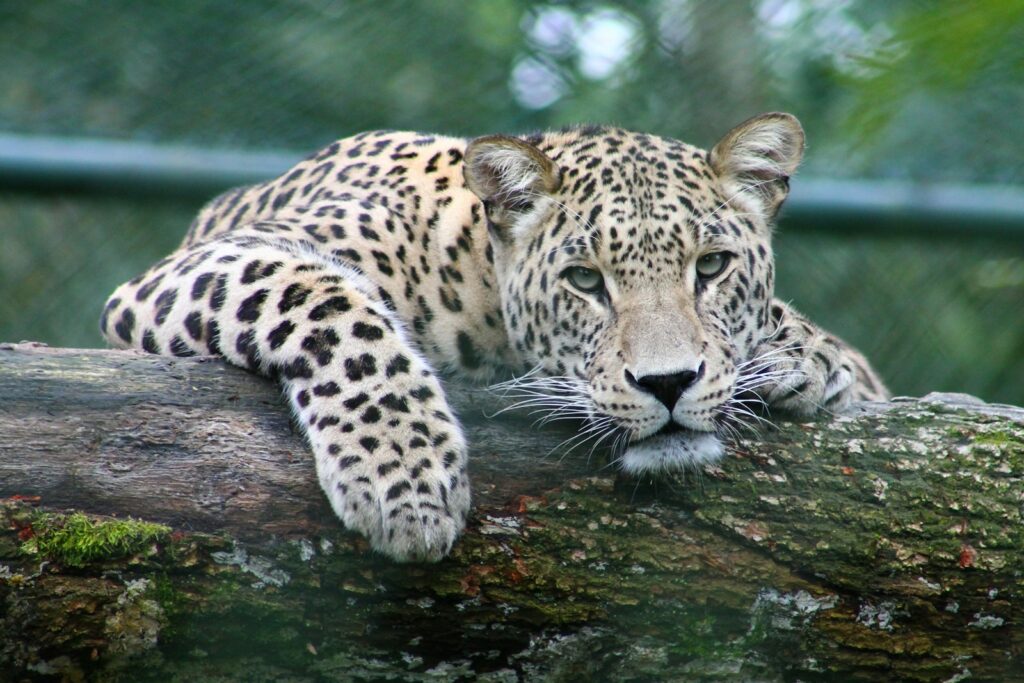
The regulatory landscape for exotic pets continues to evolve, with a general trend toward increasing restrictions rather than liberalization. Highly publicized incidents involving exotic animals typically trigger new rounds of legislative action, as seen following the 2011 Zanesville incident that prompted several states to strengthen their exotic animal laws. Growing concerns about zoonotic diseases, particularly in the wake of the COVID-19 pandemic, have accelerated regulatory scrutiny of the exotic animal trade. Technology improvements, including DNA testing and microchipping, are enhancing enforcement capabilities by helping authorities identify species and track individual animals throughout their lifespans. Social media has transformed public awareness of exotic pet issues, with viral videos of inappropriate pet situations often generating public pressure for stricter regulations. While complete nationwide uniformity in exotic pet laws seems unlikely in the near future, interstate coordination is gradually increasing to address the challenges posed by regulatory inconsistencies.
The debate over exotic pet ownership encapsulates broader tensions between individual freedom and collective responsibility for public safety, animal welfare, and environmental protection. While some states maintain permissive approaches that prioritize personal choice, the overall regulatory direction points toward greater restrictions based on mounting evidence of risks. For prospective pet owners, the varying restrictions across states reflect not arbitrary limitations but considered responses to documented problems associated with keeping wild animals in domestic settings. As our understanding of animal needs, ecological impacts, and zoonotic disease risks continues to develop, the legal framework governing exotic pet ownership will likely continue its gradual shift toward prioritizing safety and sustainability over unrestricted access to wildlife as companions.



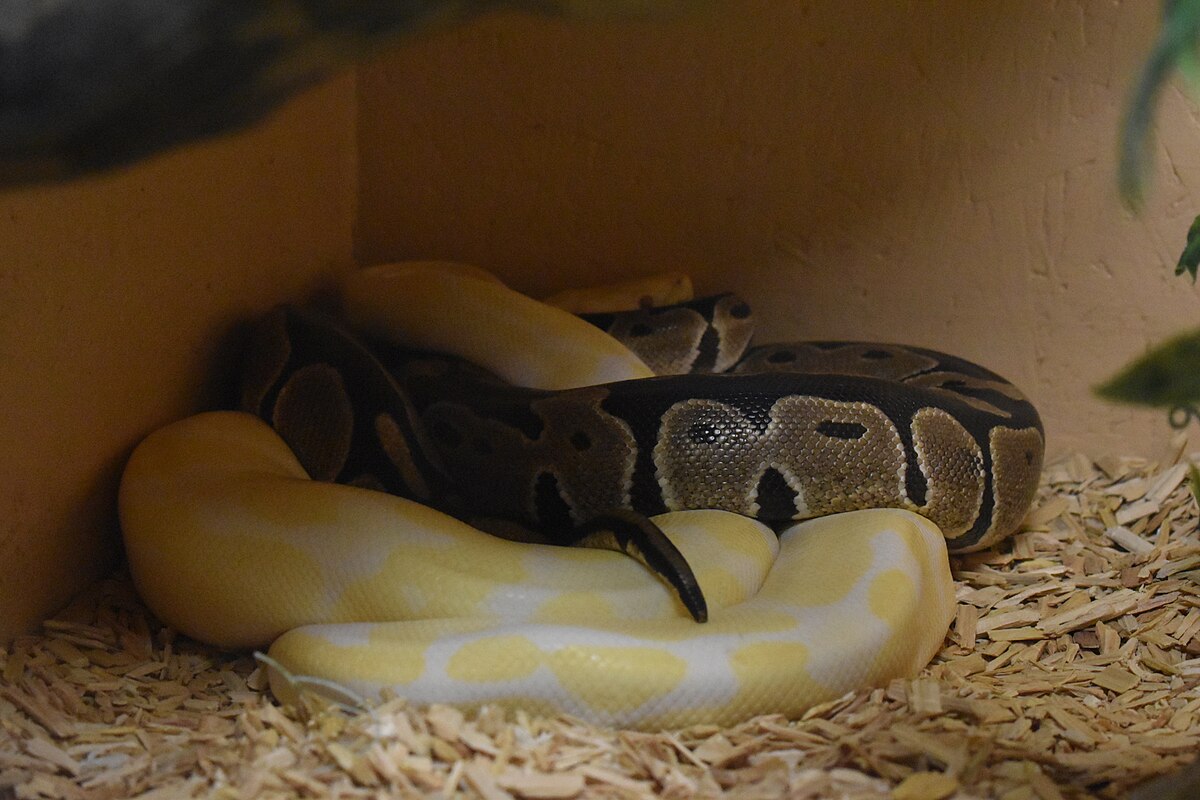
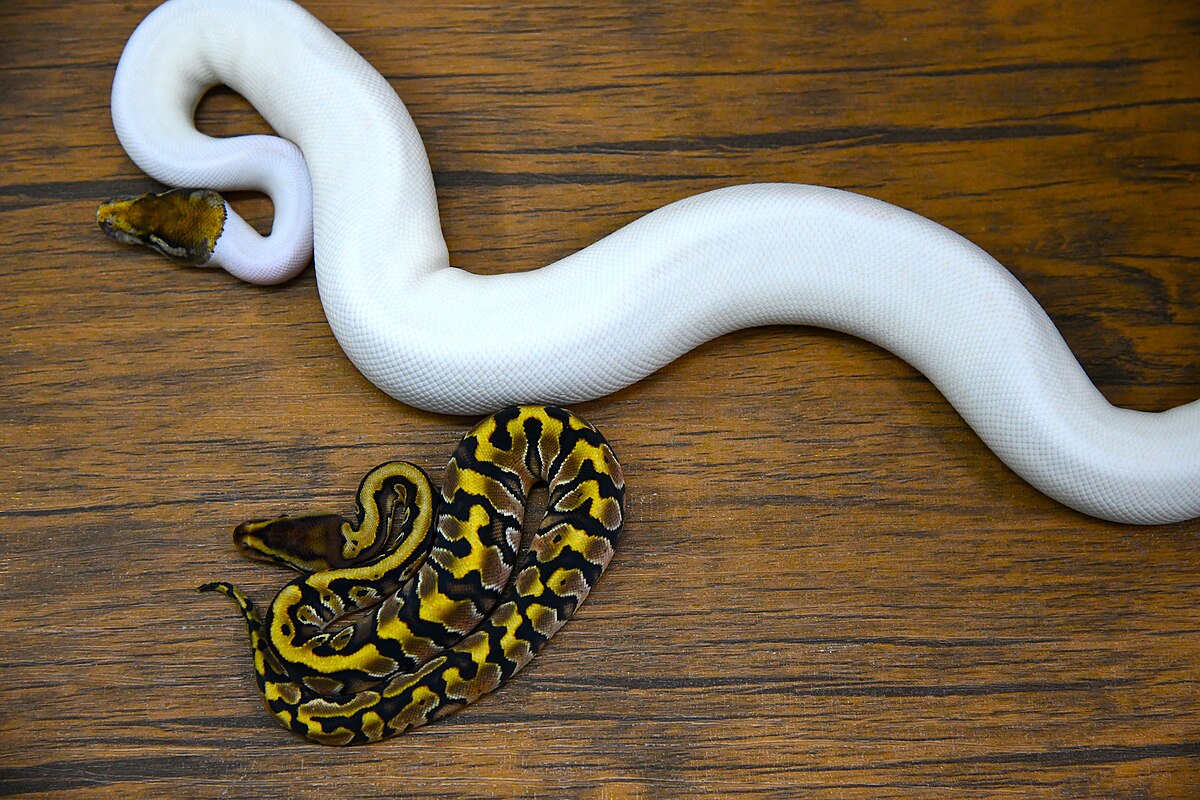

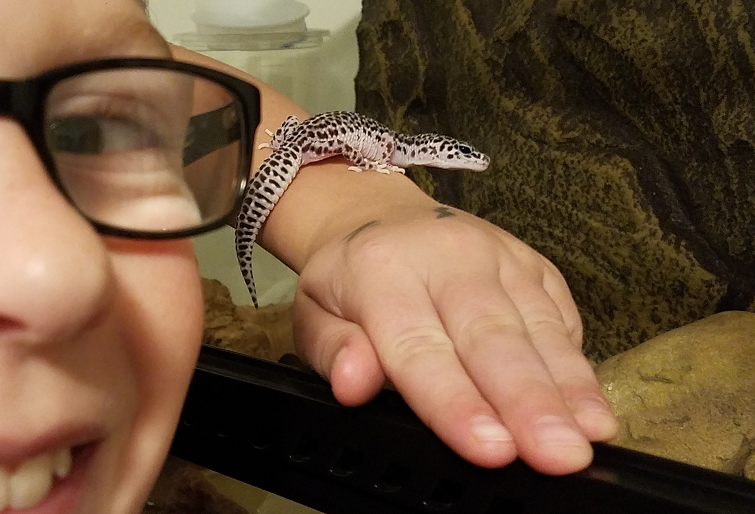
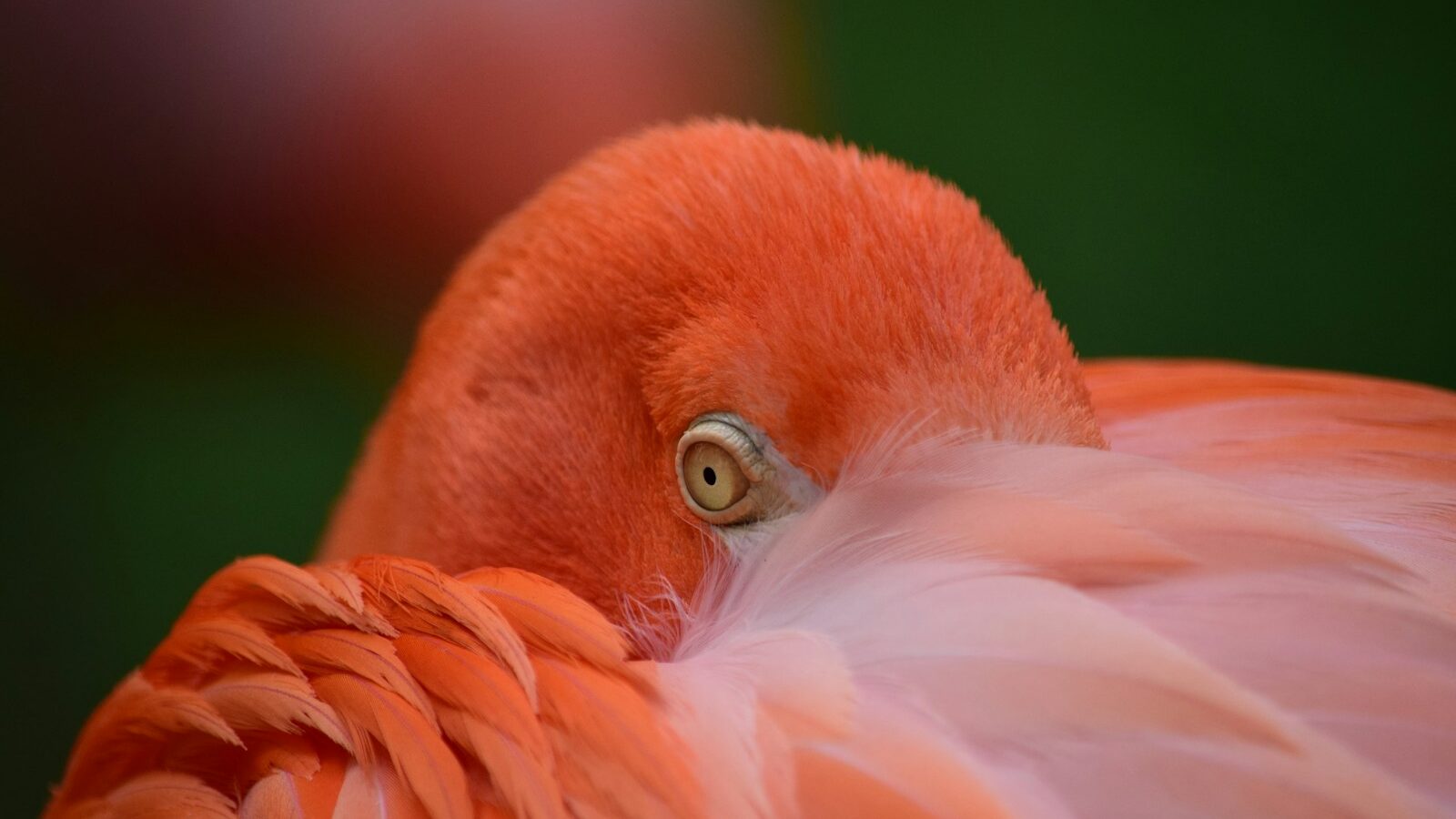
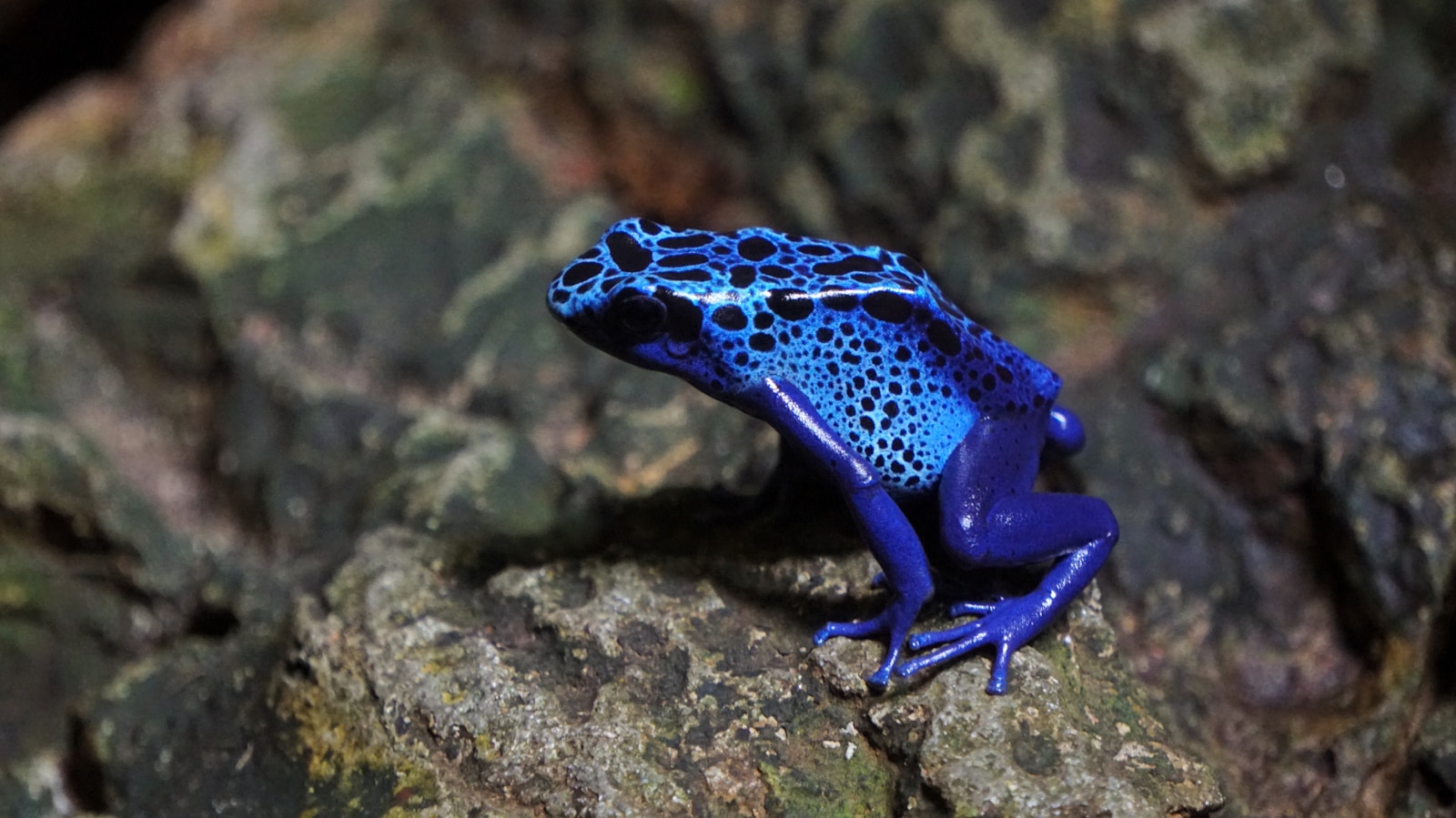
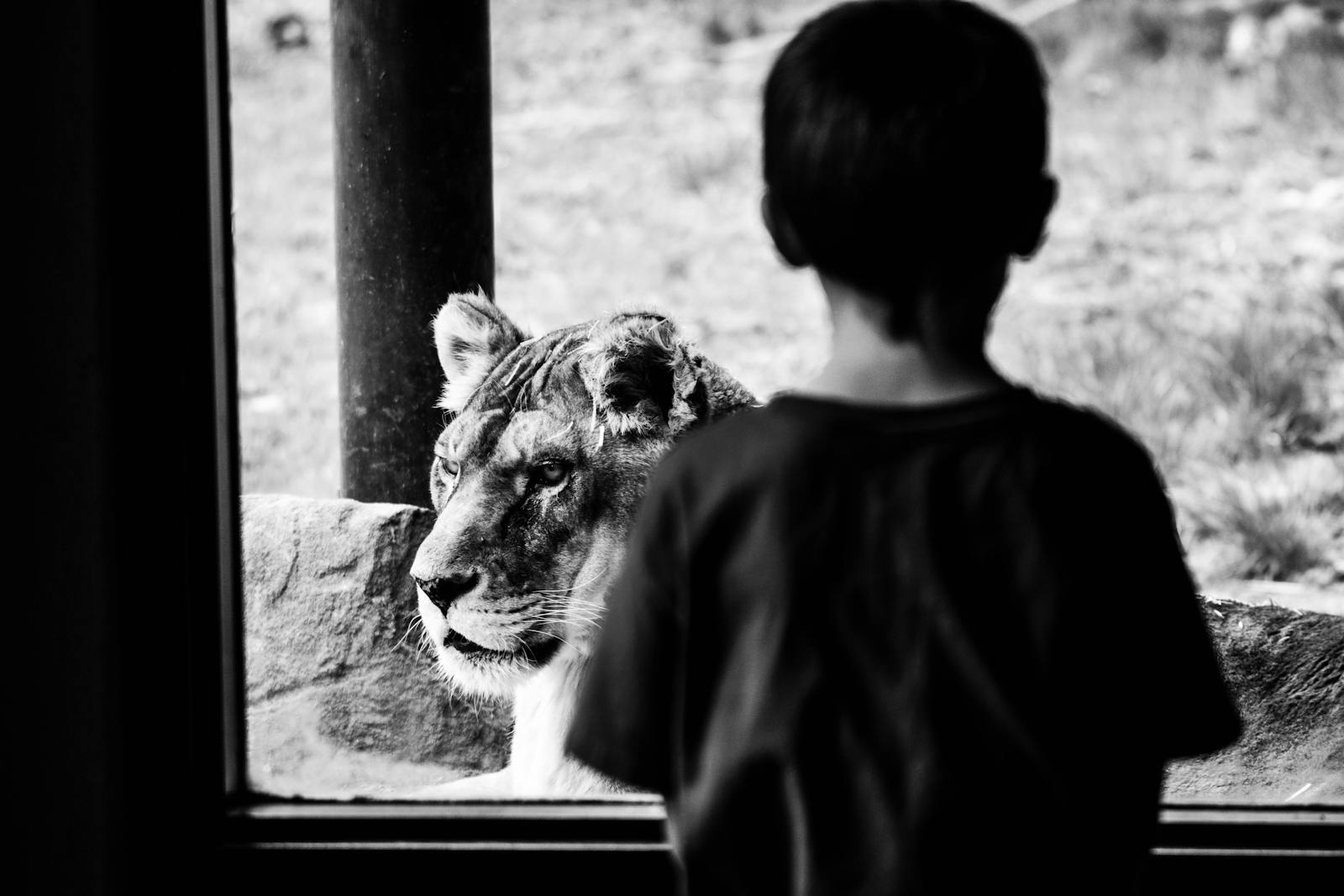

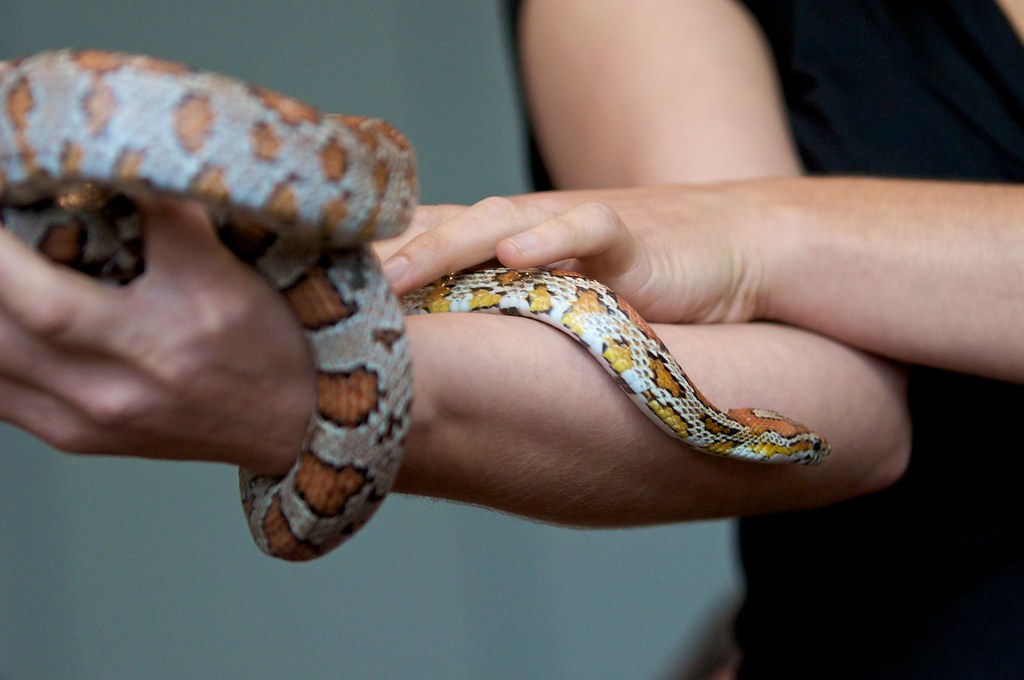

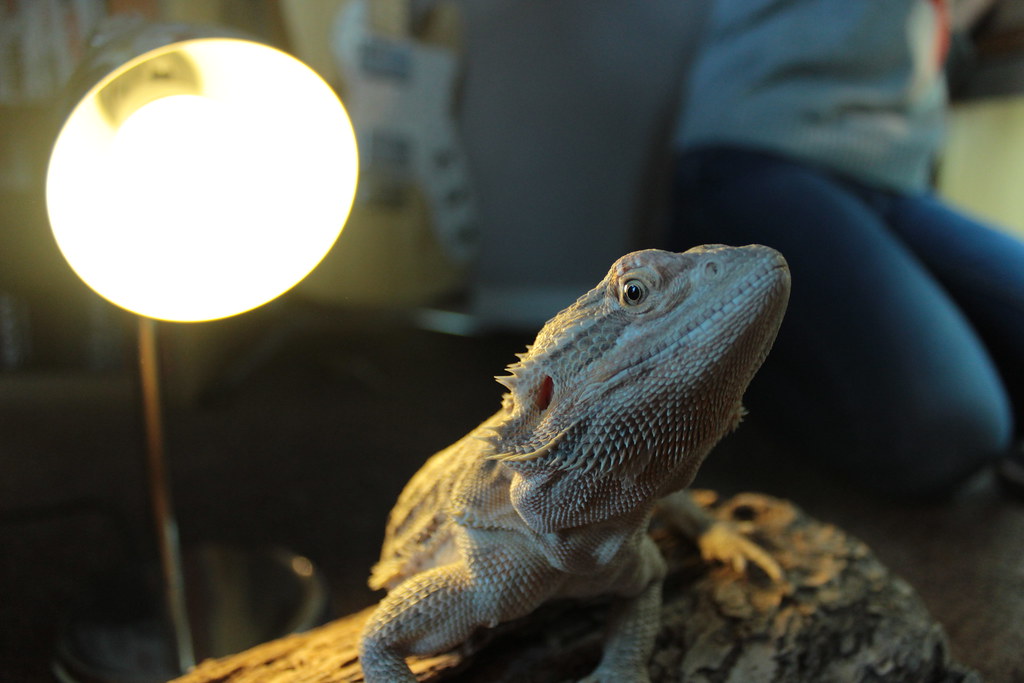
Leave a Reply